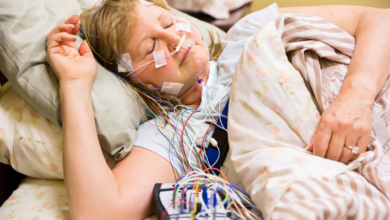PCOD Tests
CT Scan

What is CT Scan?
A CT scan, also known as a CAT scan, is an imaging technique that uses X-rays to create detailed images of the body’s organs and tissues. It is a non-invasive procedure that provides cross-sectional views of the body.
Why CT Scan is required?
A CT scan is often used to:
- Diagnose a variety of medical conditions, such as tumors, infections, fractures, and internal bleeding.
- Evaluate the extent of injuries or diseases.
- Monitor the progress of treatments.
- Guide surgical procedures.
- Detect abnormalities in organs and tissues that may not be visible on other imaging tests.
Which are the method of CT Scan?
While there are different types of CT scans, the basic procedure involves the following:
- Preparation: You may be asked to change into a gown and remove any metal objects, such as jewelry or piercings.
- Positioning: You will be placed on a table that slides into a large, ring-shaped machine.
- Imaging: X-rays are passed through your body from multiple angles, creating images that are processed by a computer to form a 3D view.
- Analysis: A radiologist will interpret the CT images to diagnose any abnormalities.
Who should go for CT Scan?
Individuals who may benefit from a CT scan include:
- People with symptoms of head, chest, abdomen, or pelvic problems.
- Those with a history of injuries or diseases.
- Individuals undergoing treatment for cancer or other conditions.
- People who need guidance for surgical procedures.
What are the results of CT Scan?
A CT scan can reveal a variety of abnormalities, including:
- Tumors
- Injuries
- Infections
- Inflammation
- Congenital defects
Your healthcare provider will interpret the results of your CT scan and discuss appropriate next steps.
What are the components of CT Scan?
A CT scan machine typically includes the following components:
- A large, ring-shaped machine with X-ray tubes and detectors
- A computer system to process and display the images





